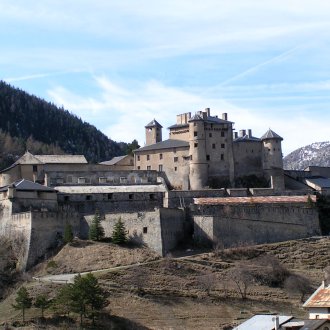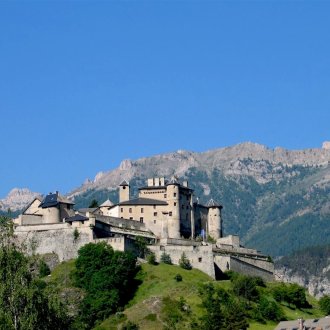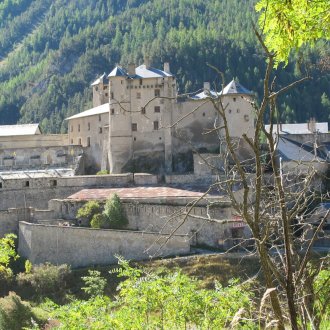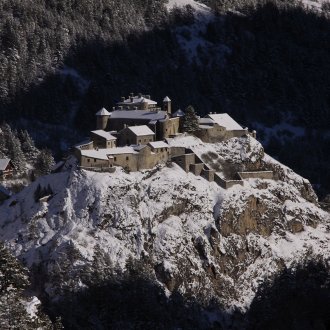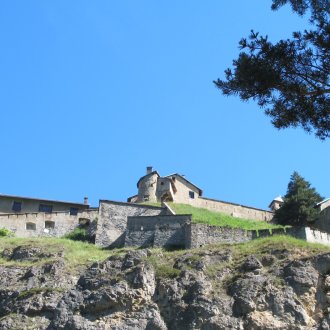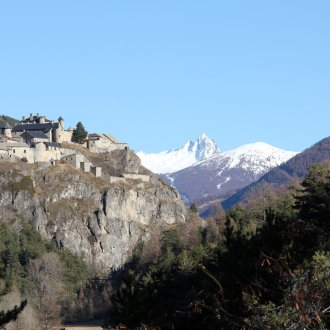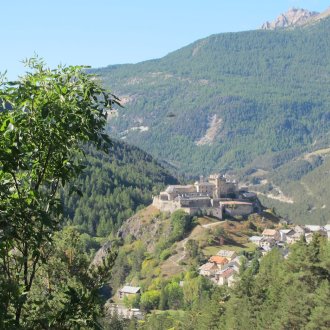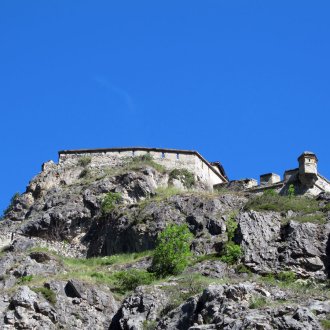
Fort Queyras
Fort Queyras, a medieval castle redesigned by Vauban
An oppidum turned fortified castle
It's likely that the Fort-Queyras glacial lock at Château-Ville-Vieille was occupied from earliest antiquity by an oppidum that controlled the Guil valley and kept an eye on incursions from upstream, i.e. from Abriès and Ristolas.
However, its existence is not attested until the Middle Ages. In 13th-century documents, it is referred to as a"castrum quadratum", hence the hypothesis that Queyras was the region controlled by this "castrum quadratum", or square castle.
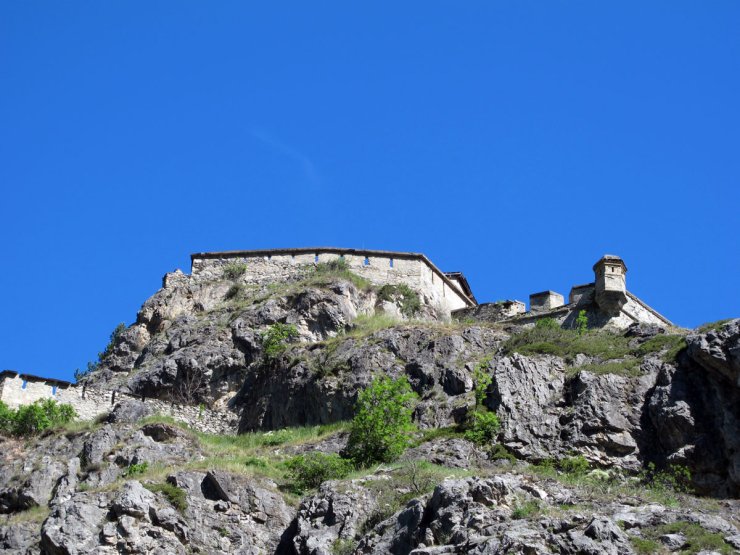
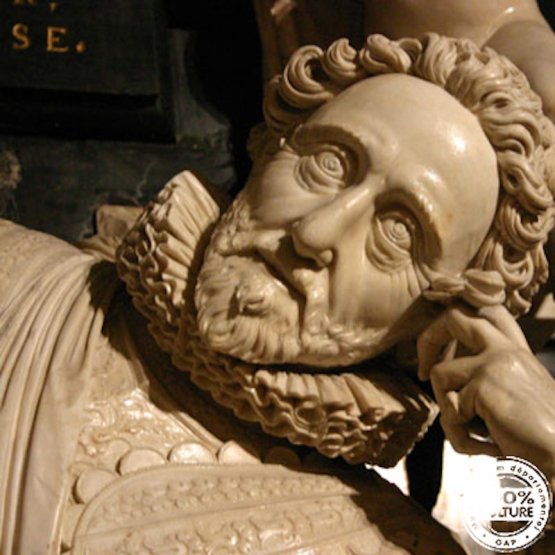
Fort-Queyras taken by Lesdiguières
In the 16th century, Fort-Queyras was the scene of fighting between Catholics and Protestants, and in 1587 it was taken by Lesdiguières, leader of the Huguenots in the Dauphiné.
In 1613, Lesdiguières, who had become Marshal of France and Lieutenant General of the Dauphiné, ordered an inquiry into the state of the Fort, which, according to Sr de l'Argentière, "due to the unfairness of the weather and the violence of the winds", was uninhabitable.
"The murailhes are extremely weakened, and could be detrimental to the King's service if they are not remedied", and the list of everything "broken, pierced, rotten and ruined that needs to be repaired" at Fort-Queyras is very long.
Catinat to the rescue of Fort-Queyras
In the following century, following the invasion of Dauphiné by the Duke of Savoy's troops in 1692, Fort-Queyras resisted 800 besiegers with its 50-strong garrison.
During a sortie, the besieged troops killed 60 enemies and wounded many others, including 6 officers.
The arrival in the Queyras of General Catinat, a descendant of Péas, was enough to put the survivors to flight, who escaped via Molines-en-Queyras and Ceillac. It's true that he was accompanied by several thousand men. He immediately ordered improvements to the fort.
Machicolations are square openings or wide grooves cut into the floor of the parapet walk of a tower or enclosure, used to defend the base by dropping stones, pieces of wood or burning materials.
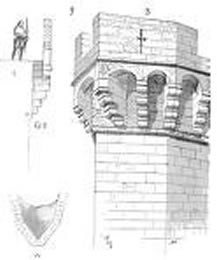
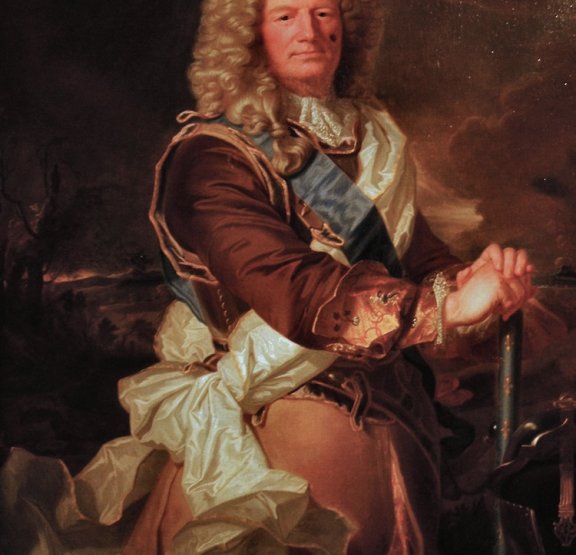
Vauban redesigns Fort-Queyras
... but it was Vauban who really took matters into his own hands in 1700.
Anxious to build his "iron belt" of fortifications that would effectively protect the kingdom for a century, he inspected Embrun and Fort-Queyras.
Of the latter, he declared thatit "should only be esteemed as musket-proof". He prescribed various works, including the construction of afortified enclosure equipped with watchtowers and machicolations, and a half-moon to protect the fort's gate.
Since then, the fort has never been seriously besieged. Disarmed from 1940 to 1944, Fort-Queyras remained army property until the late 1960s.
A new lease of life!
Recently taken over by young, dynamic owners, FORT QUEYRAS is enjoying a new lease of life.
Visits, games, masquerade costume - everything to delight young and old alike.
